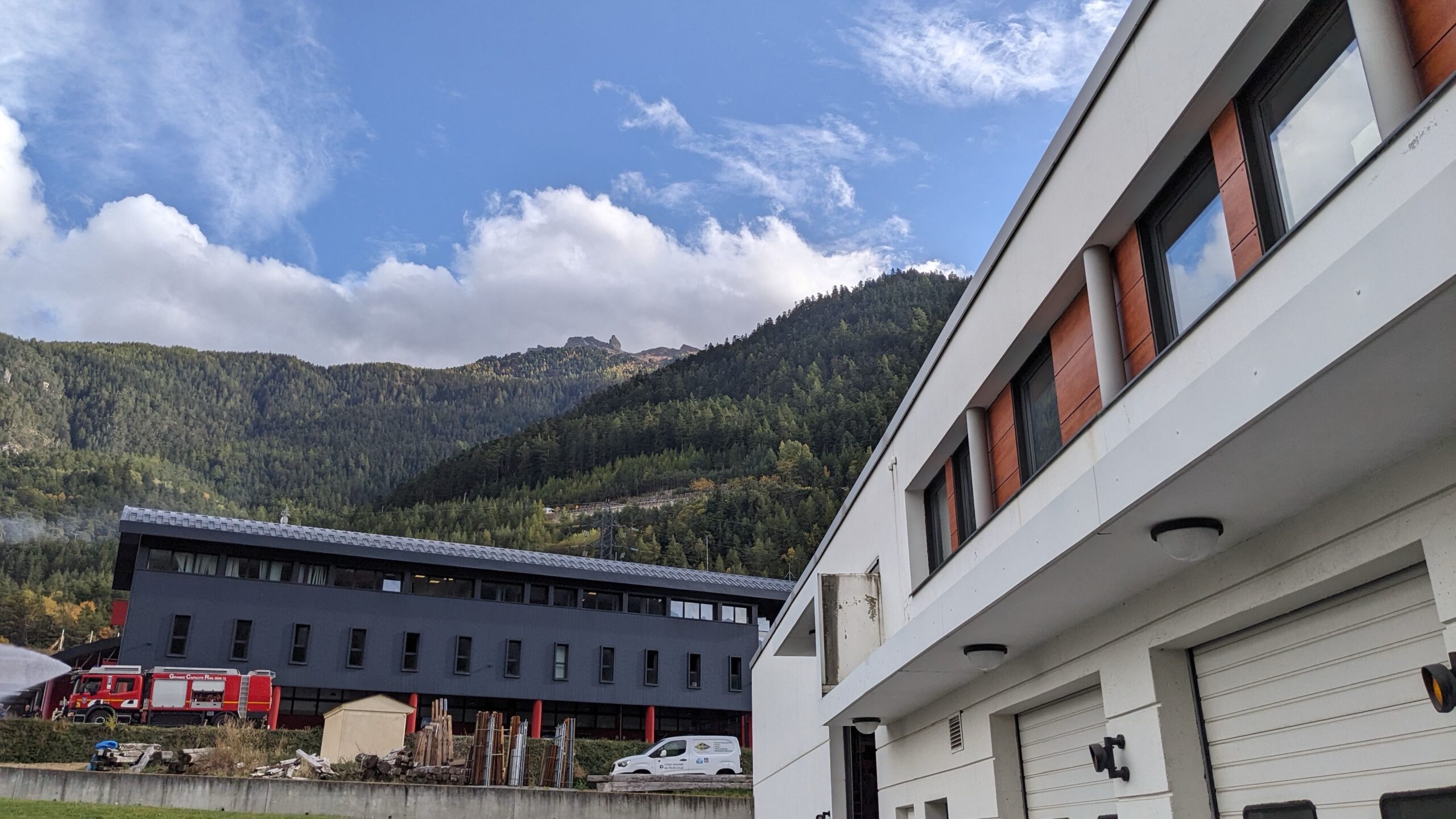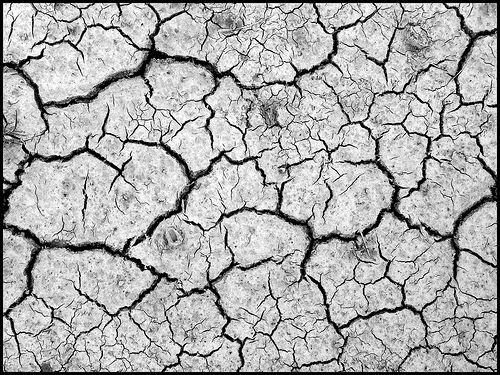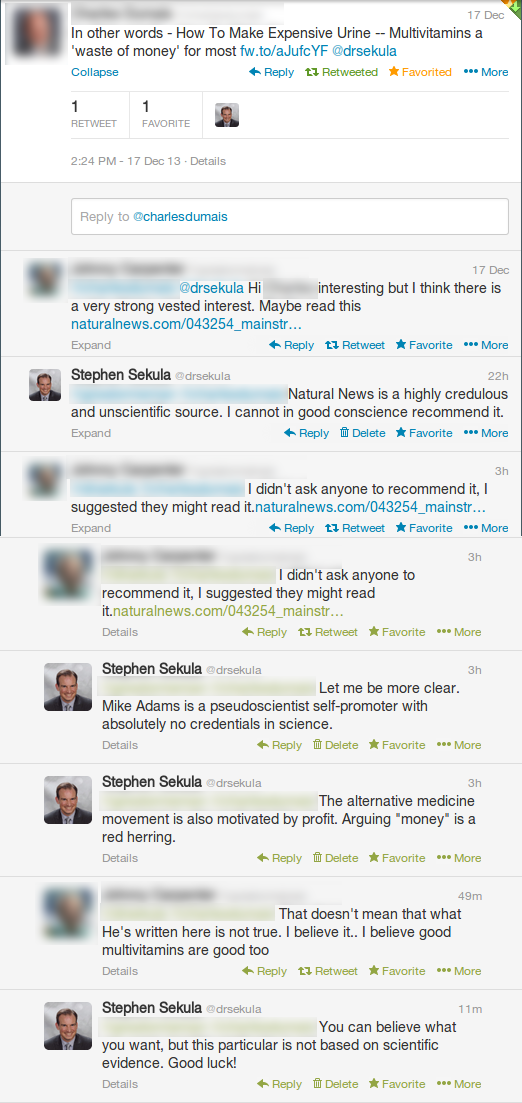The Laboratoire Souterrain de Modane, or LSM, is located directly adjacent to the Italy-France border. Nestled below the Frejus Peak and connected to the Frejus Road Tunnel (a 13km underground highway currently under expansion), the laboratory can be driven into and shields its projects with a maximum of 1700m of rock overburden (the equivalent of 4800m of water overhead, in terms of radiation protection). It is the deepest underground laboratory in Europe.
I spent two days at the lab as part of a Multidisciplinary Workshop. The first day was for presentation and discussion. The morning involved all present labs – LSM, Boulby Underground Lab (BUL, UK), Sanford Underground Research Facility (SURF, USA), SNOLAB (Canada), Laboratorio Subterraneo Canfranc (LSC, Spain), Laboratoire souterrain à bas bruit de Rustrel (LSBB, France), and Laboratori Nazionali del Gran Sasso (LNGS, Italy) – sharing activities that cross disciplines. The afternoon of the first day was for in-depth sharing of activities at LSM and then for discussion on issues of most interest to the participants. The discussion was largely focused on supporting fundamental biological research and on seismological and geological activities.
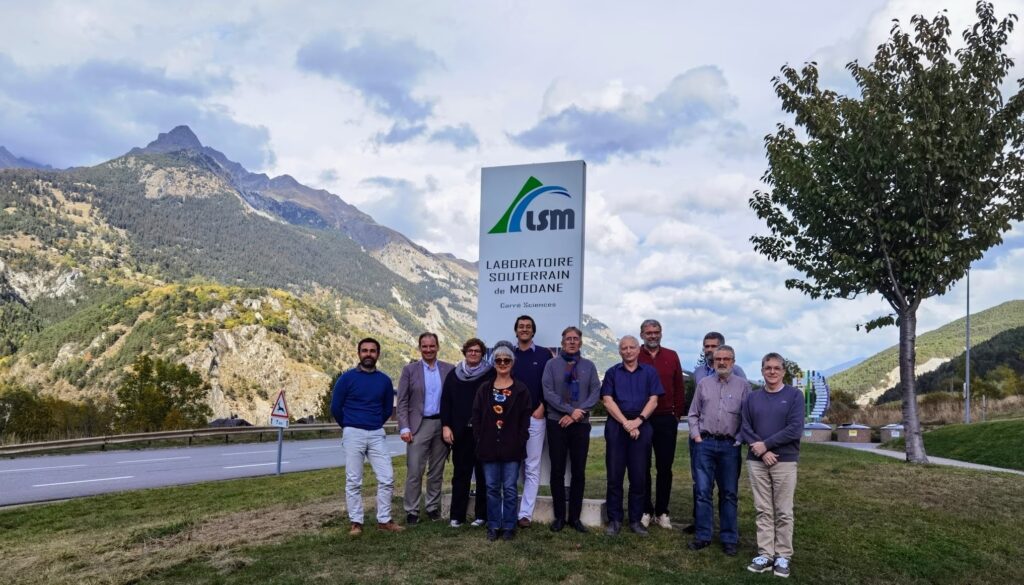
We enjoyed a dinner together the first night, and I became intensely interested in aspects of some of the fundamental biological research presented earlier in the day. It was a wonderful chance to share over food, trade stories and ideas, and build professional relationships.
The second day was a tour of the underground laboratory. This involved an LSM van (only LSM vehicles can enter the laboratory), in which several of us were driven from the surface building, further up the mountain to the Frejus Road Tunnel. The laboratory is a little more than halfway through the tunnel, at which point the van pulls over to the right side of the road and we get out. We have been instructed about what to do at this point, and we follow those instructions.
Our group leader lined us up, side by side, on the shoulder where the van is parked. He spotted the traffic in both directions in the tunnel. When it was completely safe to do so, he directed us to walk calmly in one long line and cross the road … because the entrance to the laboratory is on the LEFT side of the highway (in the direction from which we entered the tunnel). Absolutely NO U-turns are permitted in the tunnel, so this is how you must drive in, park, and enter the lab. It was quite an experience.
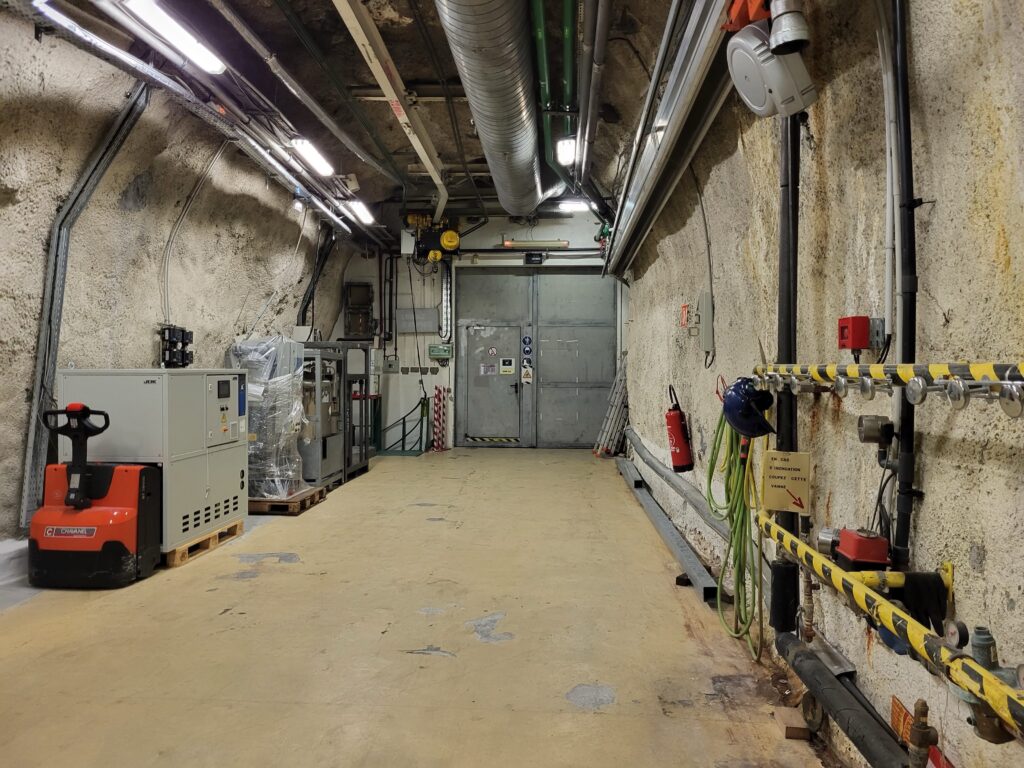
We had a grand tour of the lab, which afforded more opportunity for discussions. These focused on more the challenge of open data and public data sharing, often required by funding agencies these days. We also discussed a lot about the detectors and projects currently in the laboratory.
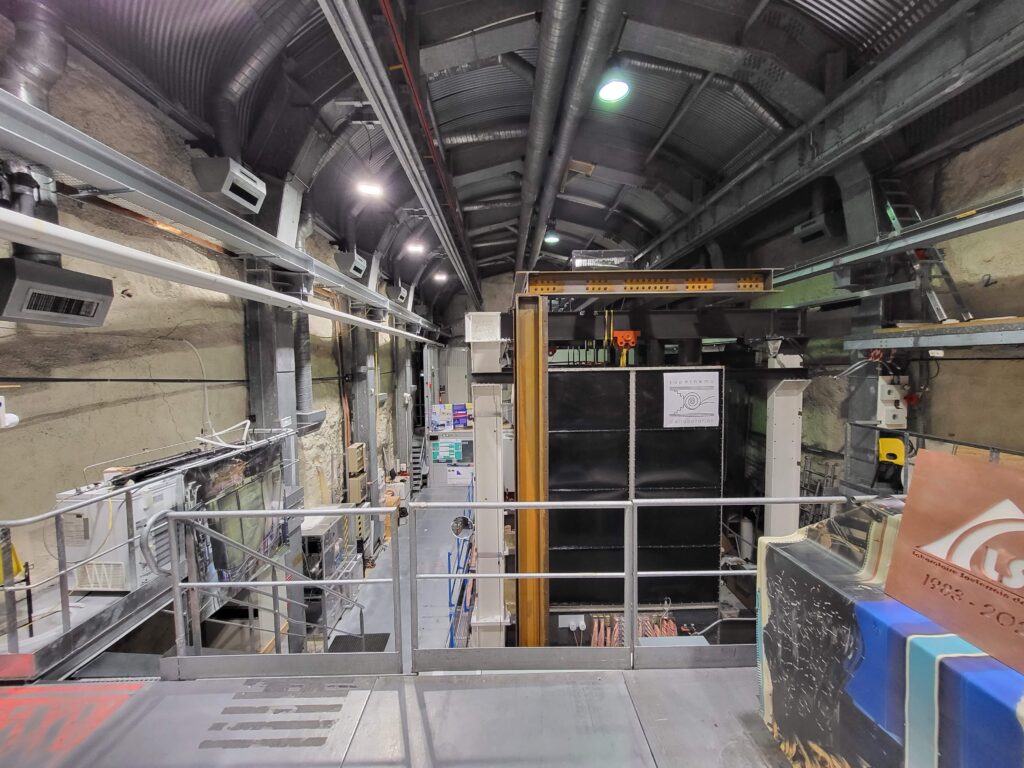
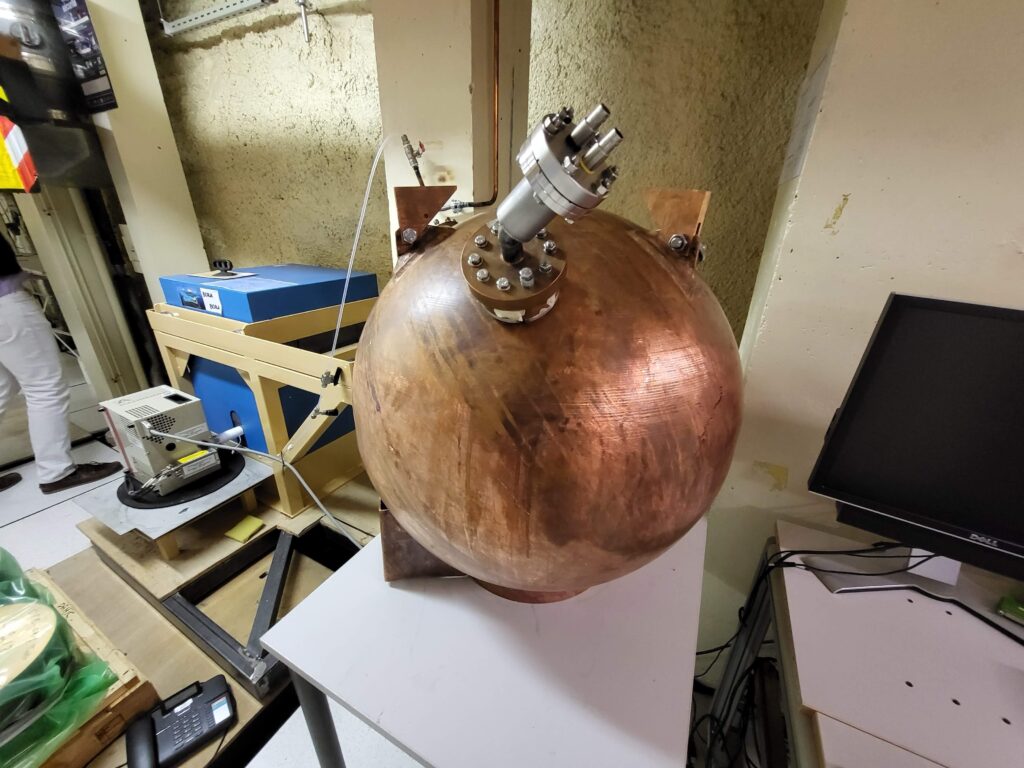
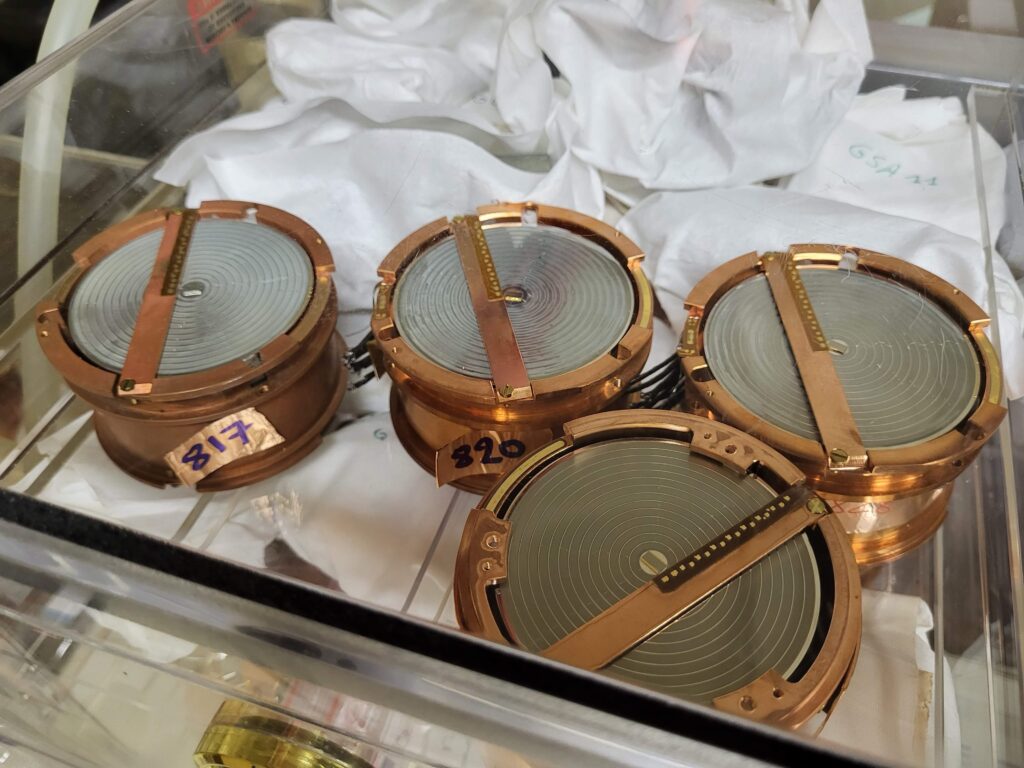
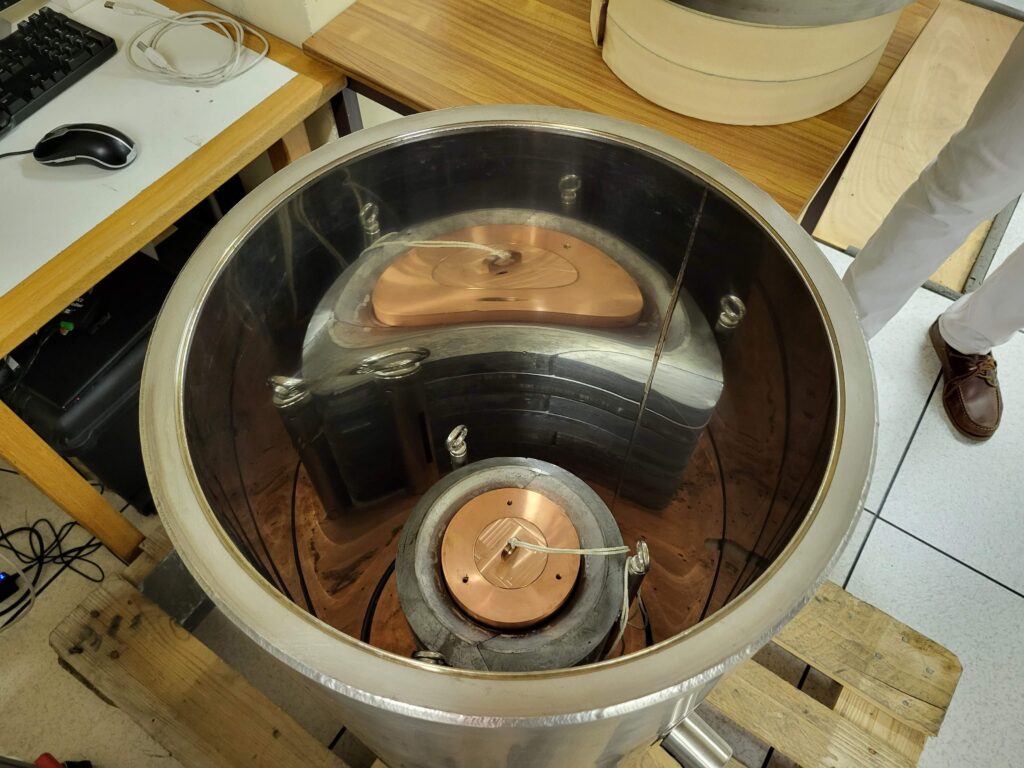
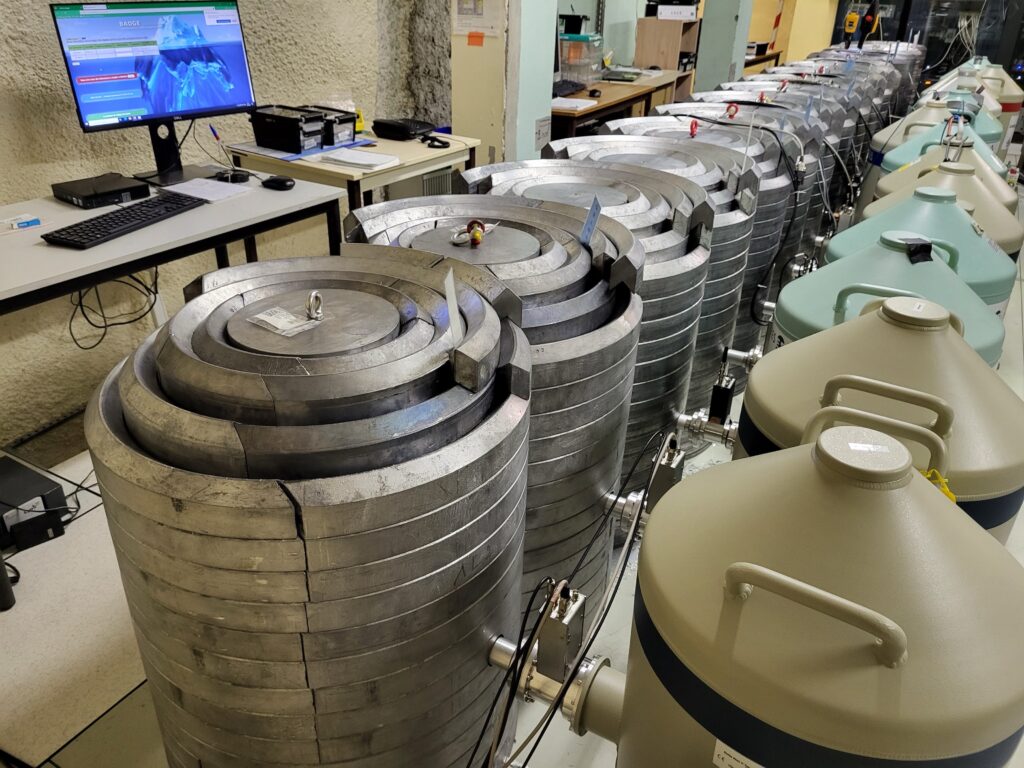
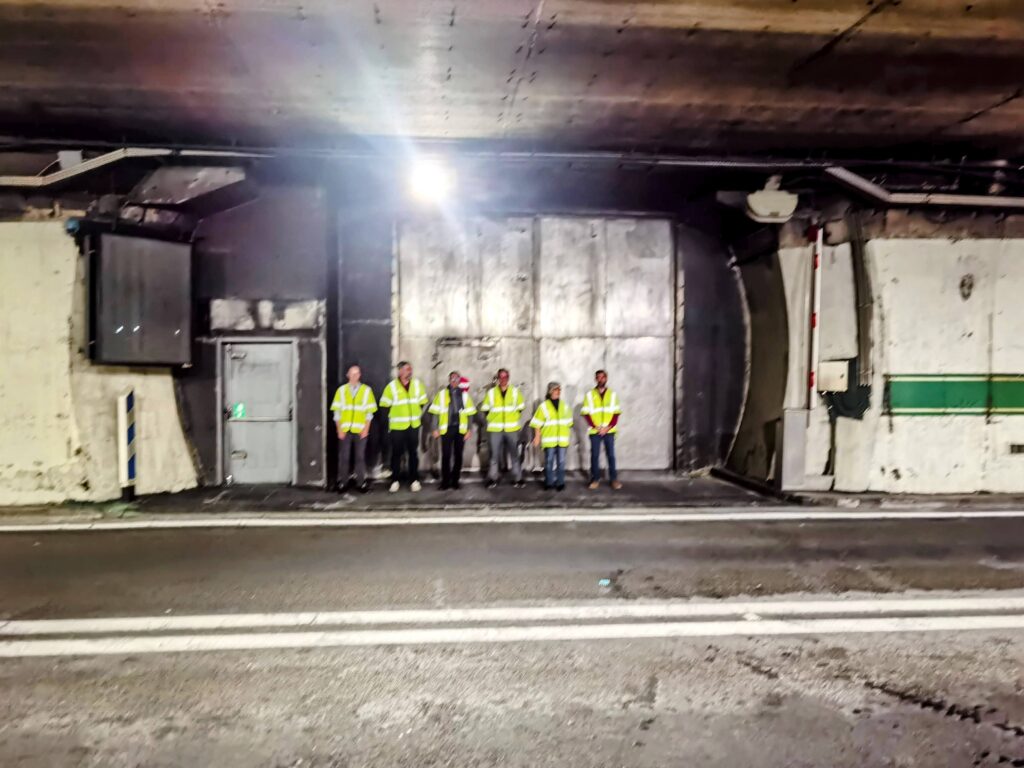
The second day ended after lunch for the non-LSM members of the workshop. Many LSM staff and scientists remained for in-camera discussions after the main part of the workshop. I took the opportunity to tour the education and outreach centre in the Modane Laboratory surface building before walking back down to the village. After some rest, I enjoyed a last walk through Modane, got some small groceries to make a light dinner, and caught up on some work for SNOLAB.
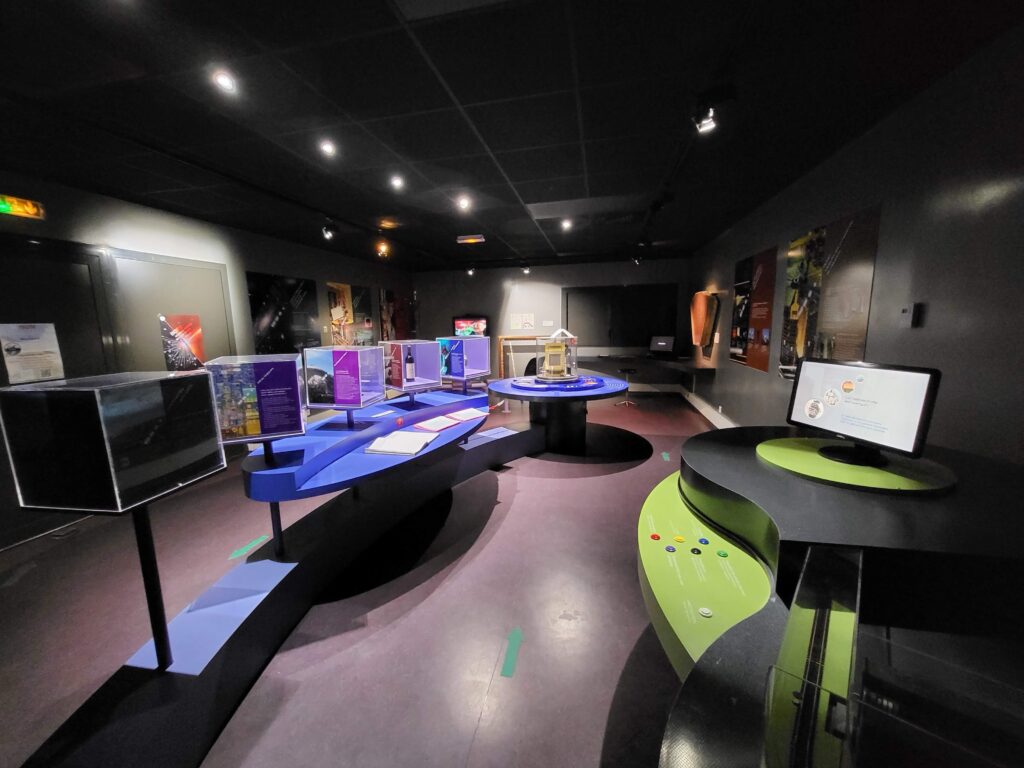
The beauty of the Modane region cannot be understated. The teal waters of the Arc river begin somewhere further up the mountain and flow through the valley past Modane. On all sides you are surrounded by sheer peaks that rise unfathomably high into the atmosphere. To see the whole of the world you must always look up.
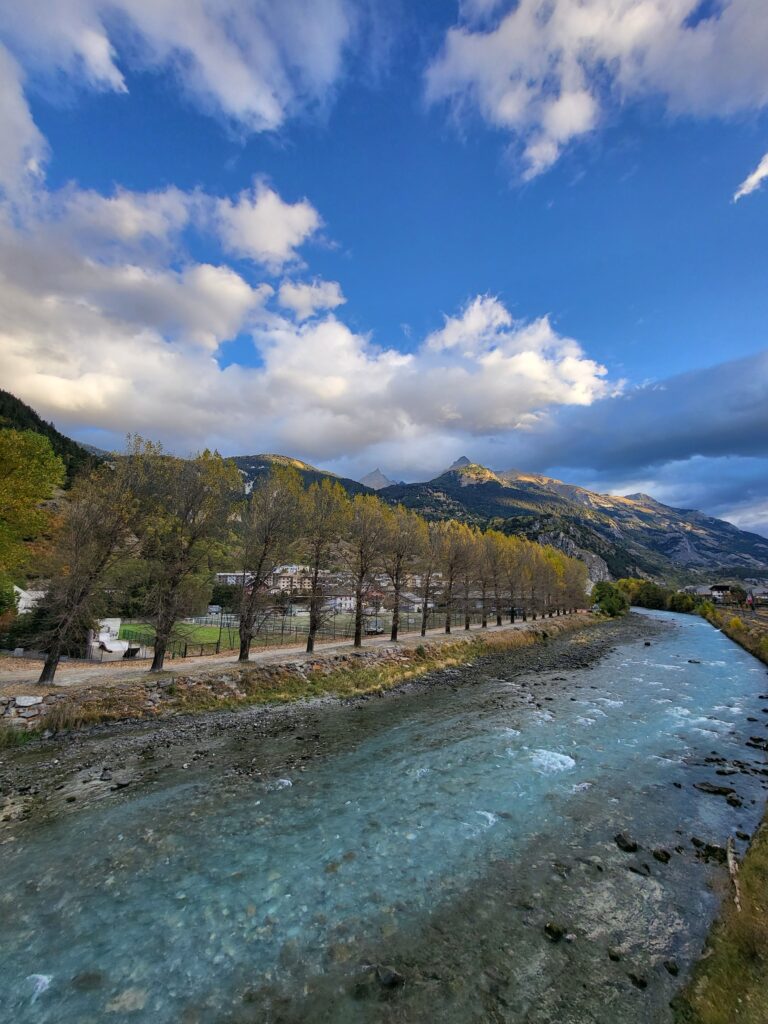
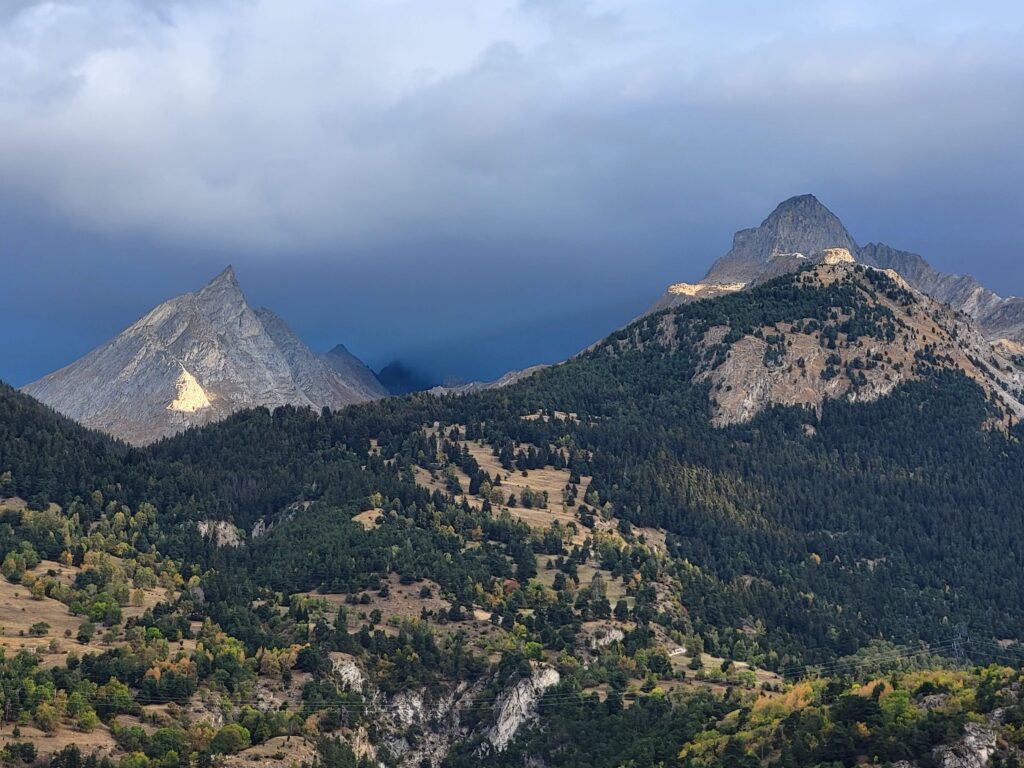
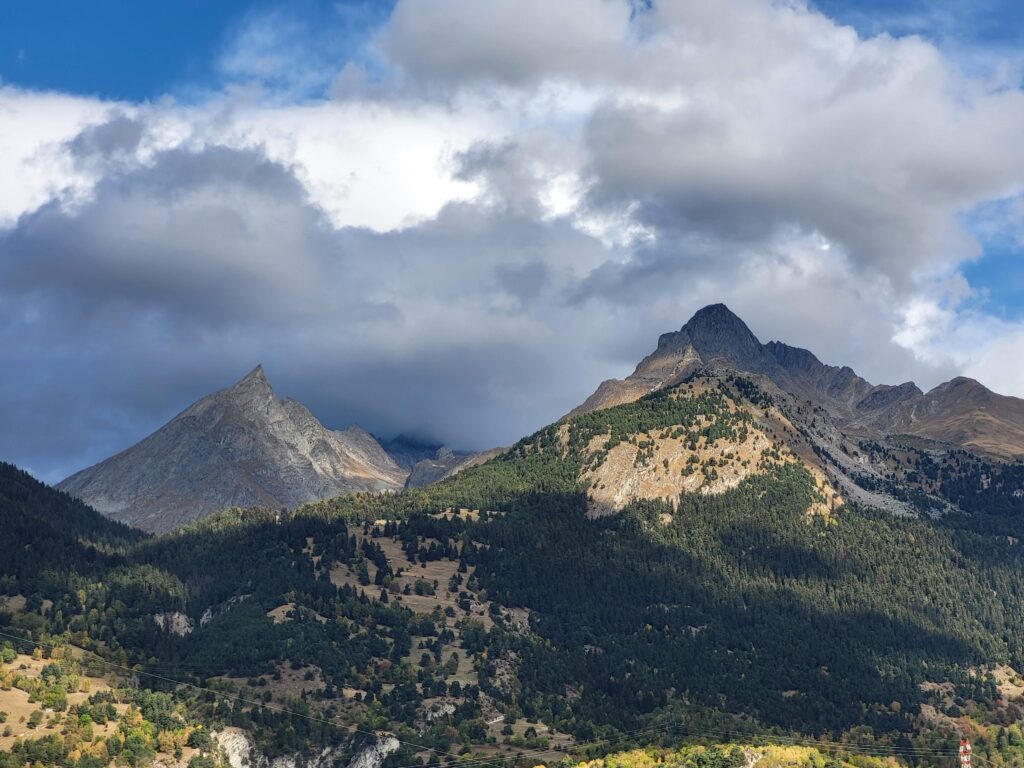
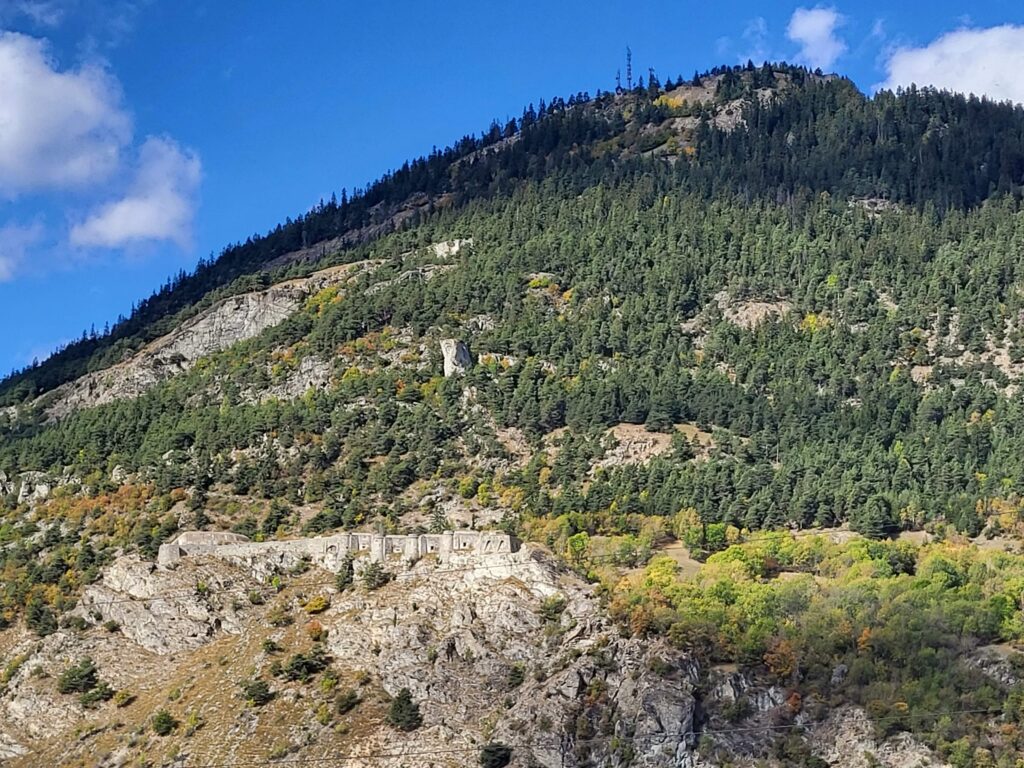
This was an intense visit. But it was wonderful. This is one of my best trips I have ever taken, and I have learned so much and met so many interesting people. A spirit of sharing in a setting like this really uplifts the intellect, and it was clear that most of us desired a means to continue to learn from each other, from our labs, and to find ways to cross regional and national boundaries to have such discussions for the future. After all, we are all underground labs, but we each have different challenges. There is much each of us can learn from all of us.

